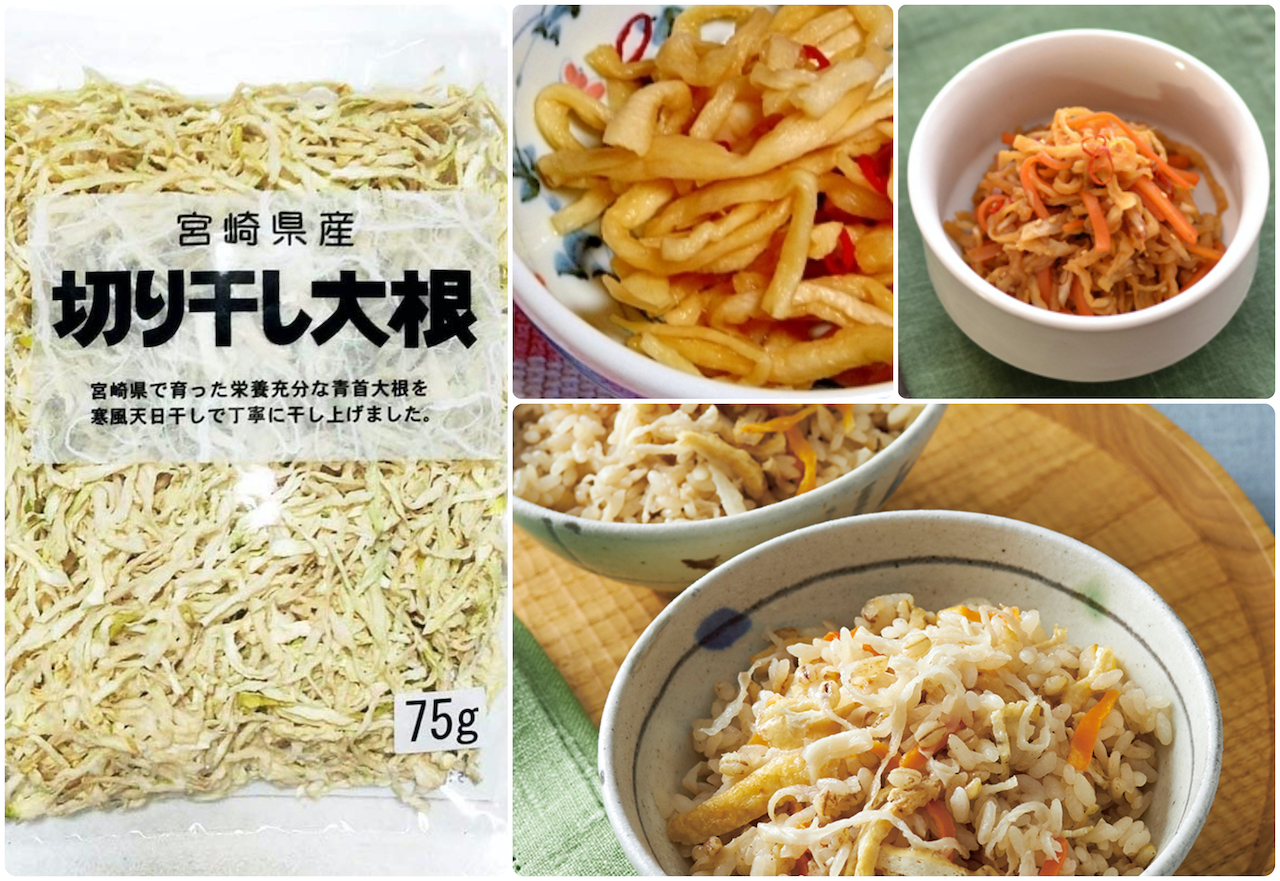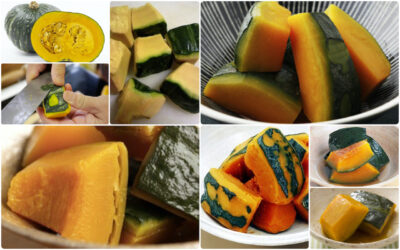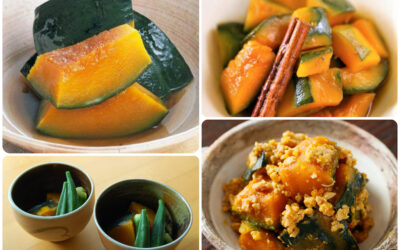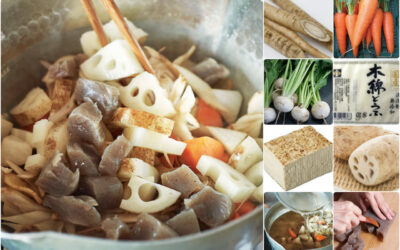
Kitchen Culture Cooking Club
EXPLORE and PRACTICE Japanese cooking in your own kitchenAbout Kitchen Culture Cooking Club
Welcome to the Kitchen Culture Cooking Club, a community space providing encouragement to those who want to EXPLORE and PRACTICE Japan’s washoku wisdom in their own kitchens.
To facilitate this, themed projects will be posted to this page periodically. Project Assignments and links to relevant reference material stored on this site will be posted to this page. Anyone, anywhere in the world, with a sincere interest in Japanese food culture is welcome to browse the contents of this page and then replicate the themed project in their own kitchen.
For those who wish to display-and-discuss their projects with like-minded people, I invite you to join the KITCHEN CULTURE Cooking Club Facebook Group (formerly the TSUDOI Project), an interactive community space.
PROJECT Kiriboshi Daikon

Cooking with KIRIBOSHI DAIKON in your kitchen.
This versatile ingredient can be used in soups, pickles, rice dishes and a variety of sides, too. Here are a few recipes to get you started:
Kogane Meshi, a takikomi-style rice dish
Granny’s Sun-Dried Radish, a stirfry-style side dish
Hari Hari-Zuké, a gingery sun-dried radish pickle
(KANSHA, Ten Speed Press), pg. 204
Packages of kiriboshi daikon are available outside Japan in most Asian groceries. It is best to buy sun-dried product, tenpi-boshi, rather than chemically dried radish so that the soaking liquid can be used as a stock. Check labels carefully. Or, download instructions to make your own Home-Made Kiriboshi Daikon.
Want to know more about kiriboshi daikon? Check out the KITCHEN CULTURE blog
If you haven’t yet read my MARCH 2024 newsletter about kiriboshi daikon, check it out.
Recipes and Resources
Stock (Dashi)
Dashi stock is essential to making soups and simmered or stewed dishes. Dashi is also used when making many egg dishes and all sorts of sauces, dips and dressings. Using good dashi will make a noticeable difference in the outcome of so many dishes you prepare.
Click to download recipes for (vegan) Kelp Alone Stock or Standard Sea Stock + Smoky Sea Stock
How to Cook Rice
In Japanese, the word for cooked rice, ご飯 GOHAN, is the same as the word for a meal, ご飯 GOHAN. Indeed rice is central to the meal. Download the Rice with Mixed Grains recipe.
How to Prepare Sushi Rice
Sushi dishes are made with rice that has been seasoned (with sweetened vinegar) AFTER being cooked. Download the Classic Sushi Rice recipe.
Quick Pickles
The Japanese enjoy a wide variety of tsukémono pickles, many can be assembled quickly and are ready to eat within a short time.
Download a recipe for Quick-Fix Hakusai Cabbage.
Kabocha
かぼちゃ・南瓜KABOCHA Written with calligraphy for “southern gourd,” but pronounced kabocha, the name tells the curious history of this gourd in Japan. Kabocha arrived in Oita (on the southern island of Kyushu) in 1541 on a Portuguese ship. The previous port of call along...
PROJECT Kabocha
Kabocha, a pumpkin-like squash with sweet, orangey-gold flesh and dark green, edible skin, frequently appears on the menu in Japan. The classic way to prepare kabocha is to simmer it in a slightly sweet soy-tinged stock. Soy-simmered kabocha is delicious on its own…...
Kenchin-Jiru Chunky Chowder
けんちん汁KENCHIN-JIRU Chunky Vegetable & Tōfu Chowder When autumn evenings turn chilly, its time for a hearty, nourishing chowder. The inspiration for this one, kenchin-jiru, is thought to be resourceful monks at Kenchō-ji Temple (建長寺) in Kamakura. Utilizing vegetable...
PROJECT Chunky Chowder
When autumn evenings turn chilly, its time for a warm bowl of nutritious chowder. The origins of this one, kenchin-jiru, is thought to be resourceful monks at Kenchō-ji Temple (建長寺) in Kamakura. Utilizing vegetable scraps and bits of tōfu, temples throughout Japan...




